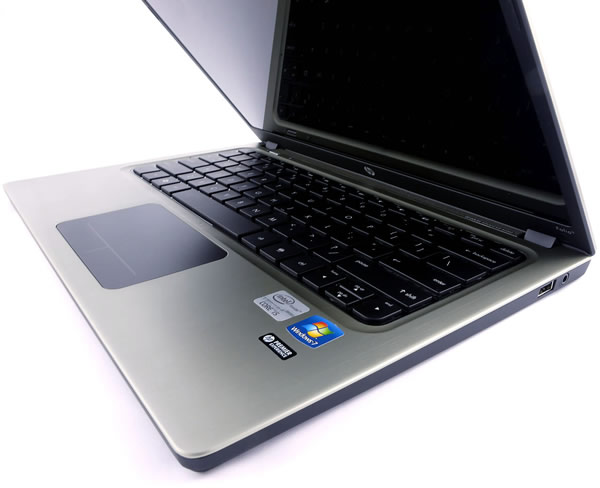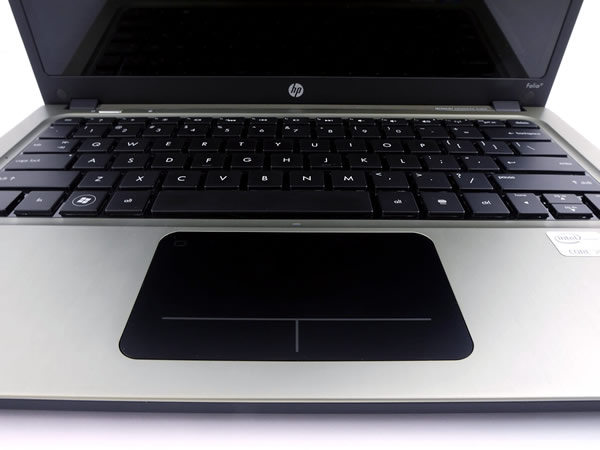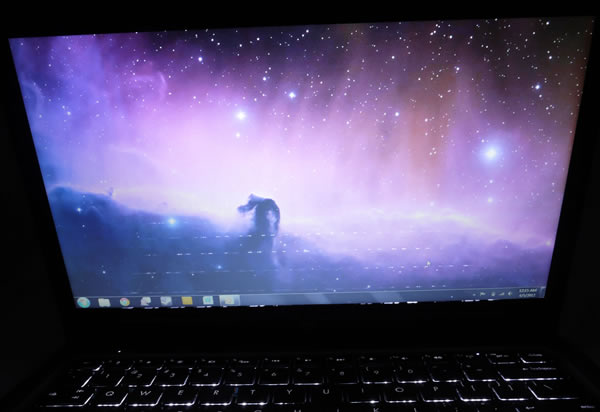Announced last year as an effort to bolster notebook sales amidst tablet fever, Intel's ultrabook initiative is well underway with no less than a dozen machines vying to be your new companion – some more effectively than others. Vendors such as LG have unveiled highly competent ultrathins that rival Apple's MacBook Air in terms of raw specs, but they also fail to meet one of Intel's guiding tenets by exceeding the sub-$1,000 price point.
There are only so many people willing to spend $1,300+ on a finger-thick machine, and many of them are already loyal Apple customers. The reality is, the average consumer wants to believe they're buying a premium product, but they don't necessarily want to pay premium prices. It's a tough nut to crack and most PC makers have failed when it comes to ultrathin notebooks, whether by charging too much or cutting too many corners.

LG's $1,500 X-Note Z330 is incredibly thin (0.58in/14.7mm) and light (2.67lb/1.21kg), but its internals are identical to ultrabooks that are 50% cheaper or more. Conversely, Acer's Aspire S3 stormed out of the gates last October with an accessible sub-$1,000 price, but it was criticized for having a cheap plastic chassis, poor audio quality and viewing angles, a stiff keyboard, a short battery life and tons of bloatware to boot.
Striking a balance between both extremes, HP's Folio 13 kicks off at an attractive $900 while packing the same core componentry you'll find in even the priciest of ultrabooks. The system has been available for a couple of months so our review isn't particularly timely, but after purchasing a unit a few weeks ago we thought it deserved attention considering how many system makers have gotten the formula wrong, despite Intel's guidance.
  |
HP Folio 13-1020us - $900
|
Visually, the Folio 13 is reminiscent of HP's Envy and Elitebook lines, which also to say it's reminiscent of Apple's MacBook Pros. HP has done an admirable job employing a minimalist professional look on its premium notebooks. The Folio 13 has brushed aluminum on its top cover and around its keyboard/touchpad, while the bottom has a soft, rubbery coating. Both surfaces do an impeccable job minimizing fingerprints.
The glossy display will inevitably attract hand grease, but there is enough non-glossy space around the bezel to open and close the system without making frequent contact. The glossy screen is also less than desirable for use in bright environments. I can see a partial reflection when viewing a dark image in my poorly lit apartment. This is compounded by the fact that the Folio's screen isn't particularly bright at its maximum setting.

While I'm on the subject, the 1366x768 TN panel leaves a lot to be desired in the way of viewing angles and contrast, especially compared to the 13.3-inch MacBook Air's 1440x900 panel. I find myself frequently adjusting the display to minimize the washed appearance and glare. To be fair, you could say the same about an unfortunate number of $1,000+ notebooks, and the Folio 13's $900 MSRP helps soften the blow.
The Folio's keyboard feels better than average for an ultraportable. There is little to no flex when typing and the keys are well sized and spaced. The keys are backlit with white LEDs with one brightness setting (on or off). And while the backlit keys are a nice touch, the glossy display can detract from the experience as you catch glimpses of the keyboard's reflection (the screen is tilted down to exaggerate this effect below).

The single-piece touchpad sits flush with the aluminum deck. It looks great and it works well enough, though it isn't perfect. The surface requires frequent cleaning because it loses its slick feel after little use, while the mouse click buttons are stiff and imprecise (clicking toward the bottom corners doesn't register sometimes). On the bright side, multitouch gestures such as two-fingered scrolling and pinch zoom are handy.

As with its other externals, the Folio's Dolby Advanced Audio sound bar blends into the design well. It's placed between the display hinges, so you'll never have to worry about accidentally covering a speaker. Quality-wise, the audio is flat, but it's also very loud and clear, which is probably desirable for a business-oriented ultrabook.
As with all ultrabooks, connectivity is fairly limited but the Folio affords an SD card reader which is notably absent from many of its competitors. The card slot is on the left alongside a USB 3.0 port, an HDMI 1.4 port, and a gigabit Ethernet jack, while the right is sparsely populated with a single USB 2.0 port as well as an audio-out/microphone combo jack. Naturally, 802.11b/g/n Wi-Fi is present, as is Bluetooth 4.0.
